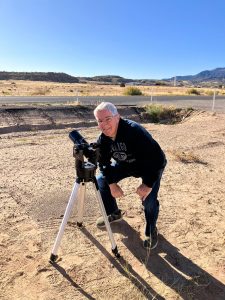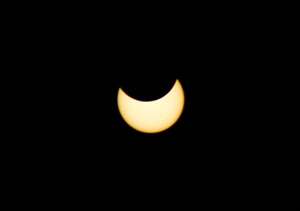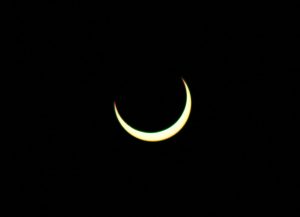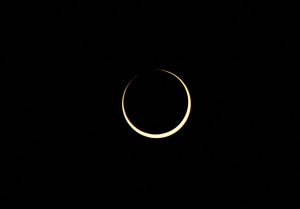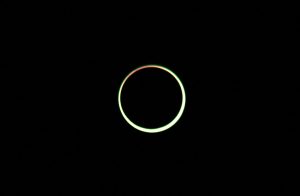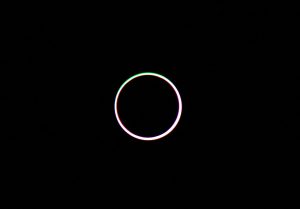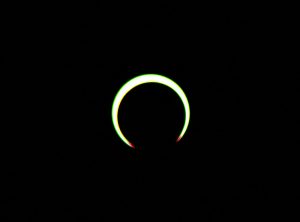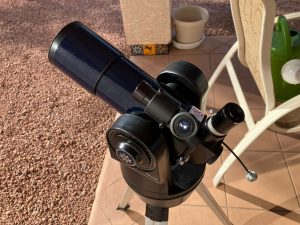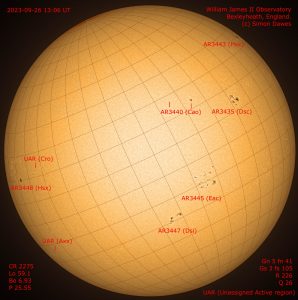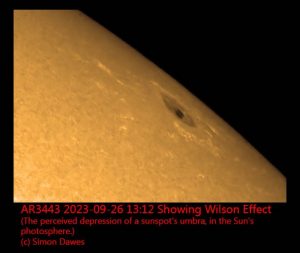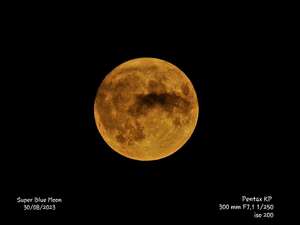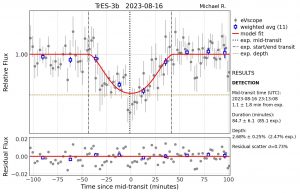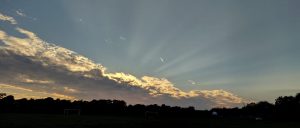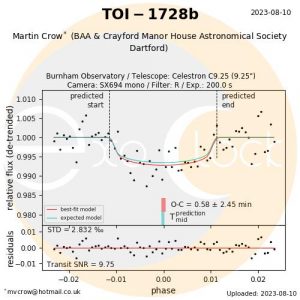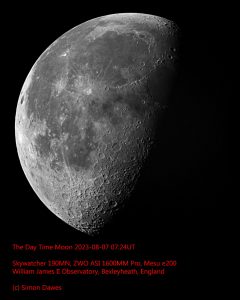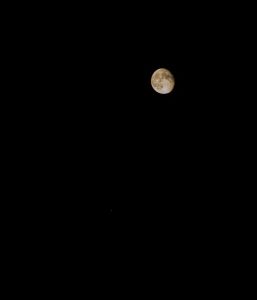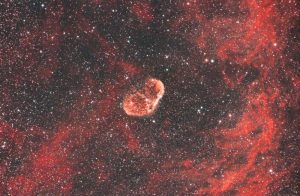Several CMHASD members were out on the 29th September 2023 to image the final Supermoon of 2023 and below are their images. This full Moon is also known as the Harvest Moon as it is the closest Full Moon to the September equinox this year.
Most years, the Harvest Moon is in September but around every three years it’s in October. When the Harvest Moon occurs in September it replaces the Corn Moon. When it happens in October it takes the place of the Hunters Moon.
Kevin Smith's image taken from Deal, Kent.
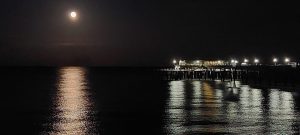
Honor Wheeler's images taken from Dartford, Kent.
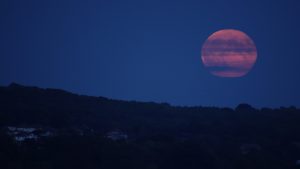
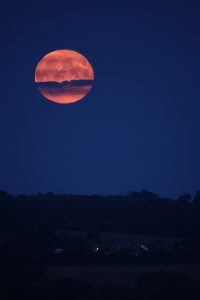
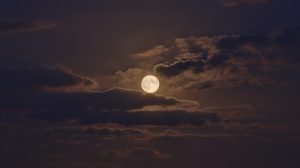
Dominique Ferrand's image taken from Cordoba, Spain. Dominique's image is of the full Moon and Jupiter.
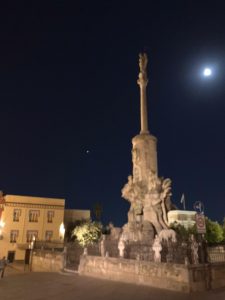
For more information: https://www.timeanddate.com/astronomy/moon/harvest.html

